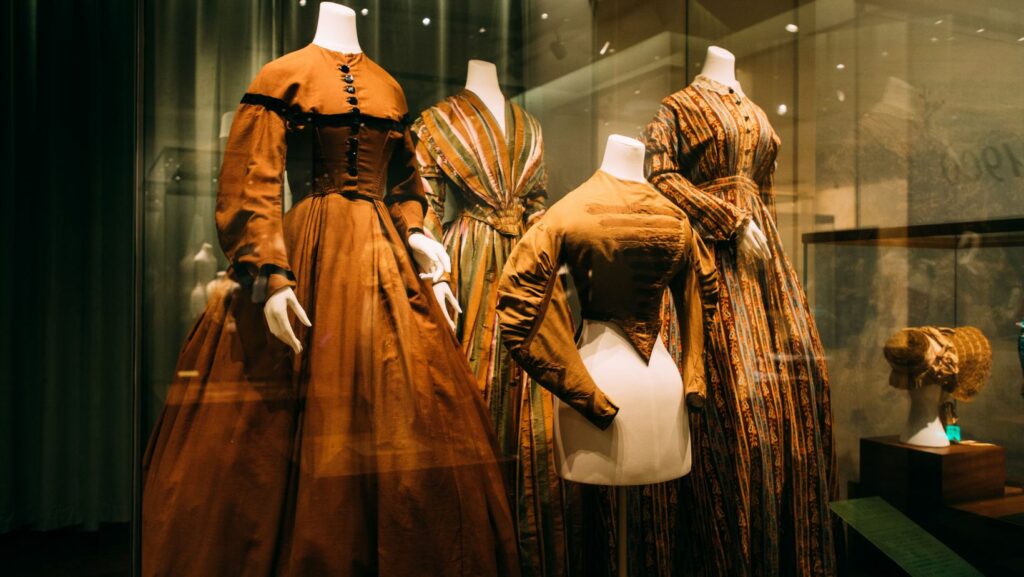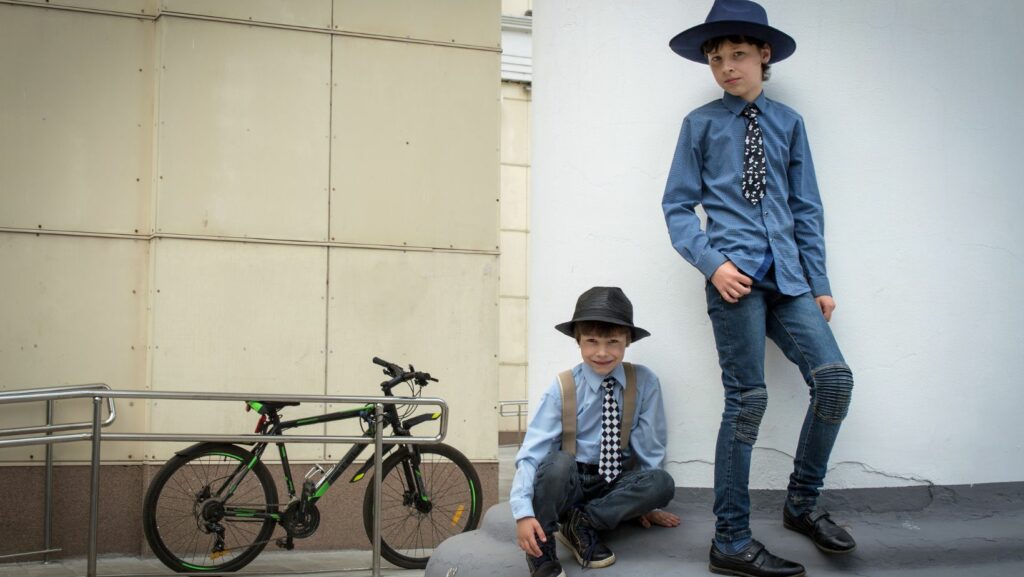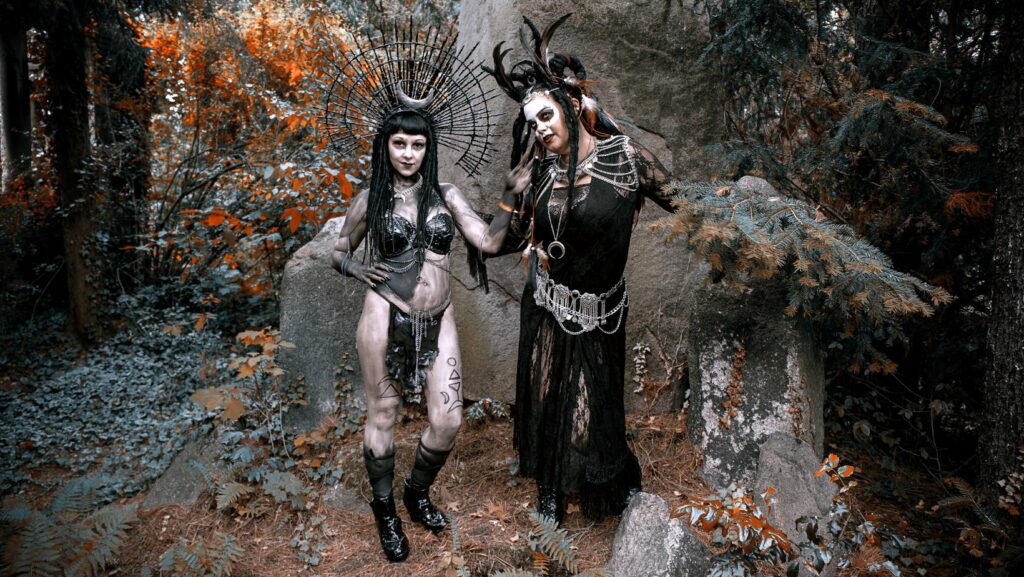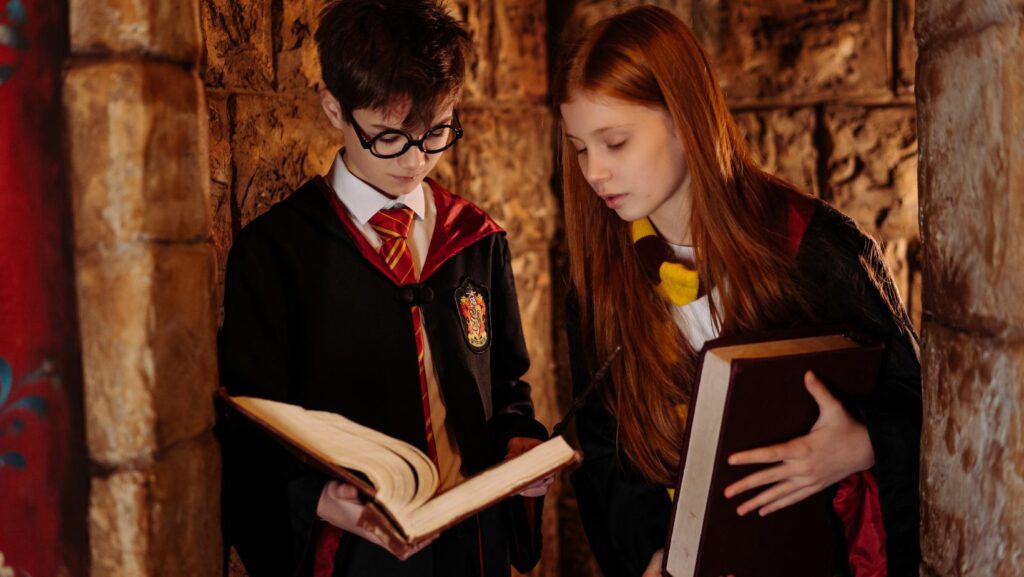Classic Movie Costumes
Classic movie costumes have a timeless allure that transcends the screen, capturing the imagination of audiences across generations. From the iconic white dress of Marilyn Monroe in “The Seven Year Itch” to Audrey Hepburn’s elegant black gown in “Breakfast at Tiffany’s,” these costumes are more than just fabric and thread—they’re cultural touchstones that define cinematic history.

These memorable outfits tell stories, evoke emotions, and often become as famous as the films themselves. They play a crucial role in character development, setting the tone and style of a movie. Whether it’s the futuristic attire in “Blade Runner” or the period costumes in “Gone with the Wind,” each design is meticulously crafted to transport viewers to different worlds. Exploring these classic costumes offers a fascinating glimpse into the artistry and creativity that bring beloved characters to life.
The Art Of Classic Movie Costumes
Classic movie costumes merge fashion with storytelling, transforming characters into unforgettable icons. Designers like Edith Head, who crafted costumes for numerous Hitchcock films, blend aesthetics with narrative demands. Each detail, from fabric choice to elaborate embroidery, serves a purpose. These sartorial choices often reflect the era’s social norms or hint at a character’s personality, such as Scarlett O’Hara’s extravagant dresses in “Gone with the Wind.”
In the film “Casablanca,” Ingrid Bergman’s sleek suits signify a blend of elegance and practicality. The careful selection of colors and styles remains evident in Audrey Hepburn’s collaboration with Givenchy, resulting in signature looks that encapsulate her chic on-screen persona. Designers continue to draw inspiration from these iconic creations, ensuring their impact on both contemporary fashion and film costuming endures.
Iconic Costumes And Their Impact
Classic movie costumes leave a lasting impression on audiences and shape popular culture. These iconic outfits often become synonymous with the films themselves.
The Little Black Dress In Breakfast At Tiffany’s

Audrey Hepburn’s little black dress in “Breakfast at Tiffany’s” embodies timeless elegance. Hubert de Givenchy designed the dress, which boosted the popularity of the simple yet sophisticated style and established it as a wardrobe staple. The black dress accentuates Hepburn’s character, Holly Golightly, contrasting her complex personality with a pristine exterior. This style choice influences fashion designers and enthusiasts, remaining a symbol of class and simplicity decades later.
Dorothy’s Ruby Slippers In The Wizard Of Oz
Dorothy’s ruby slippers in “The Wizard of Oz” serve a pivotal role in the film and have deep cultural significance. Designed by Adrian, the slippers provide Dorothy’s character with the means to return home and symbolize the power of belief and self-reliance. The striking red color enhances the Technicolor experience, making them visually unforgettable. These shoes continue to capture the imagination of audiences and often appear in references across various media, reflecting their enduring legacy in cinematic history.
Crafting A Timeless Look
Classic movie costumes become timeless due to the meticulous artistry involved in their creation. Designers strive to encapsulate the essence of characters and stories through distinctive and memorable attire.
Behind The Scenes: Costume Designers
Costume designers play a pivotal role in classic films by blending fashion and narrative. Designers like Edith Head, known for her iconic work in Hitchcock films, ensure each garment aligns with character development and plot. The creative process involves selecting fabrics and silhouettes that enhance the film’s theme, creating visually impactful designs. Designers communicate artistic vision by using details like accessories and color schemes, transforming simple outfits into cultural symbols.
The Importance Of Historical Accuracy
Historical accuracy enhances storytelling in classic films, providing authenticity and depth. Costumes reflect era-specific styles, helping audiences connect with the setting and social context. Designers research extensively, replicating period-specific garments in films like “Gone with the Wind,” where Scarlett O’Hara’s dresses highlight the film’s historical backdrop. Accurate costumes play a crucial role in creating believable worlds, ensuring that viewers remain immersed in the narrative.

Classic movie costumes transcend mere fabric and thread, becoming symbols of cultural and cinematic history. These iconic designs not only define the characters they adorn but also influence fashion trends and narrative storytelling. Through the artistry of legendary designers, these costumes capture the essence of their eras while remaining timeless in their appeal. As collectors and museums preserve these garments, they ensure that the legacy of classic films continues to inspire future generations.

